And helpful ways for you to cut back on them
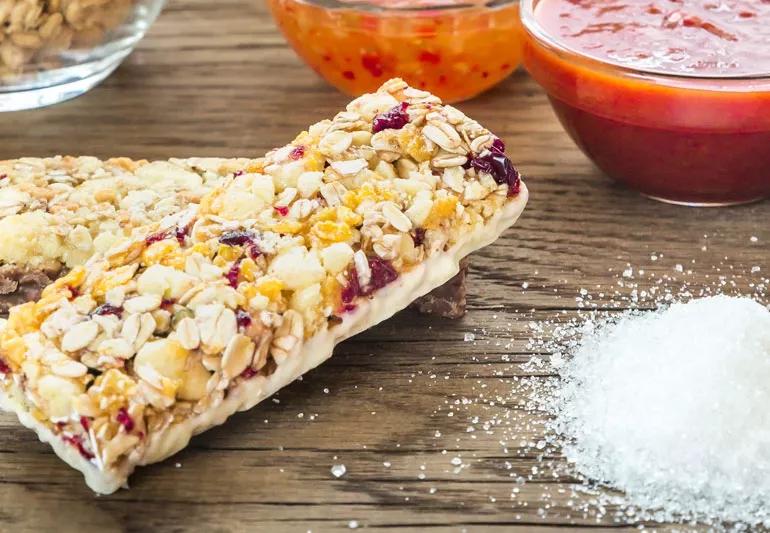
Inflammation is like Dr. Jekyll and Mr. Hyde: It’s your body’s way of healing cell damage. But in overdrive, it becomes dangerous and can lead to conditions such as arthritis, heart disease, stroke and diabetes.
Advertisement
Cleveland Clinic is a non-profit academic medical center. Advertising on our site helps support our mission. We do not endorse non-Cleveland Clinic products or services. Policy
“What you eat can affect inflammation,” explains registered dietitian Erin Coates, RDN, LD. Coates says that inflammation is often triggered as a way to protect your health when the immune system notices anything foreign in the body. While intermittent inflammation can be protective, chronic inflammation has been linked to many serious illnesses.
“If you want to battle inflammation, start by taking a look in your kitchen. And when you make your grocery list, add less inflammatory foods and more anti-inflammatory foods like vegetables, fruits, nuts, beans, seeds and fatty fish,” adds Coates.
To help navigate the grocery aisle, Coates shares five top inflammatory food offenders.
The average American consumes around 17 teaspoons of added sugar per day. We should be averaging around six teaspoons or less per day.
It has become increasingly difficult to avoid added sugars because food manufacturers add large doses to improve the flavor of many packaged foods. But research shows that consuming too much added sugar leads to chronic inflammation.
“It’s less about sugar being bad and more about how much of it we eat,” notes Coates.
Coates lists the obvious — cookies, candies and some cereals. But she also says to watch for undercover culprits, including:
Advertisement
When you digest something, the sugar enters your blood. Insulin then puts the sugar into your cells to give them energy. But when there’s too much sugar at one time, insulin tries to store the excess in your fat cells, causing them to get larger. Over time, research shows this can lead to weight gain or insulin resistance, which is associated with other metabolic conditions.
“Our body is not designed to process excessive amounts of added sugar throughout the day, we must be more aware when choose products and read the label,” Coates explains.
To lower your intake of added sugars, Coates recommends paying close attention to food labels:
And remember, there is a difference between added sugars and natural sugars, says Coates.
“Natural sugars are already present in foods like fruit and plain dairy products, while added sugars are extra and enhance the flavor of food. Added sugars can cause those spikes in blood sugar. Natural sugars found in fruit and dairy do not typically spike your blood sugar as quickly because they also contain fiber and lean protein to help slow digestion. Great examples of packaged foods with natural sugars are plain yogurt and some fruit and nut bars, while added sugars can be found in flavored yogurts and cereal.”
Food manufacturers create trans fats through the process of hydrogenation. “Adding hydrogen to fat changes its texture, consistency and shelf life,” says Coates. But researchers have found that there’s no safe level of trans fats to consume. So it’s recommended to aim for less than one gram of trans fat each day.
Shortening is a classic example of a trans fat. But Coates says you can find them in restaurant foods and baked goods such as cookies, pastries and crackers.
“Trans fats raise your bad cholesterol (LDL) levels and lower good cholesterol (HDL) levels. Both actions can increase your risk for developing heart disease, stroke and Type 2 diabetes,” explains Coates.
Food manufacturers know that trans fats are the latest bad guys on the block, so they’ve gotten creative with labeling. While many food labels clearly state ‘no trans fat’ or ‘trans fat-free,’ a product is still allowed to hide a half gram or less per serving to their products. This is where it gets tricky because if you eat more than one serving, you have easily exceeded the one gram of trans fat or less per day limit.”
“One way to find out if an item is truly free of trans fat is to look at the ingredients. If you see hydrogenated oils or partially hydrogenated oils in the ingredient list, then the food contains trans fat.”
Advertisement
Coates also recommends trying to limit portions to the serving size written on the label. It will help you stay under the one gram limit.
Processed meats have been salted, cured, fermented or smoked for flavor or preservation purposes. Research shows both processed and red meats are high in saturated fat, which causes inflammation.
Red meat is any meat that comes from cows, pigs, sheep and goats. Examples of processed meats include:
Studies have shown that higher intakes of these meats lead to cancer, heart disease and stroke, all of which go hand-in-hand with inflammation.
Coates offers these suggestions:
Omega-6 fatty acids are fats that your body uses for energy. Since your body can’t make them, you get them from the foods you eat.
Foods rich in omega-6s include:
Advertisement
“We need these fatty acids for normal growth and development. They also contribute to the good kind of inflammation in the body that helps heal you,” Coates says.
But research shows you need a healthy balance of omega-6s in your body. Consuming omega-3s (fats you get from foods such as salmon, walnuts and flaxseed) helps you achieve that balance. If you don’t have enough omega-3s and too many omega-6s, you create a pro-inflammatory response and consistent inflammation.
To restore your fatty-acid balance, Coates recommends:
Coates says refined carbohydrates are stripped of their nutrition and lack fiber. “These processed carbs are becoming a mainstay in a lot of people’s diets.”
Refined carbs are primarily white flour products including:
Research shows that refined carbs may cause inflammation in your body. “It’s similar to added sugars because nothing slows their breakdown. They hit your bloodstream quickly and spike your blood sugar. And elevated blood sugar creates an inflammatory response,” says Coates. “Your body is trying to remove the sugar from your blood, so it stimulates that inflammation.”
Advertisement
Instead of avoiding carbs altogether, replace refined carbs with 100% whole-grain alternatives like quinoa, oatmeal and brown rice. “These take longer to digest so they won’t spike your blood sugar as quickly,” says Coates. “They help you create a steady balance in your body after you eat, which means less inflammation.”
And fill your plate with high-fiber foods, including vegetables and fruits. “They have lots of nutrition, vitamins and minerals.”
Instead of looking at all the foods you cannot eat, choose a different approach by thinking of all the foods you can eat! Coates says. “Focus on adding a lot of rich color to your plate in the form of different fruits and vegetables, plenty of healthy fats like avocados, nuts, and fatty fish, as well as leaner sources of proteins like beans, quinoa, eggs, and chicken.”
“We overlook how many vegetables we should be eating. These are the foods that will give you a lot of fiber, vitamins and minerals to help you feel your best. Try to fill half your plate with vegetables and then use those basic guidelines of less than 4 grams of saturated fat and added sugars per serving. These simple changes can make a big impact over time without overwhelming you, if you stay consistent.”
Learn more about our editorial process.
Advertisement

Adjusting your diet can help fight inflammation

Lorem ipsum dolor sit amet. Et odio Quis vel ipsam omnis eum alias deleniti et placeat impedit non voluptas galisum hic autem enim et cupiditate aliquid. Est beatae quidem non facilis autem ut commodi nisi aut tempore rerum et dolores voluptatem cum enim optio id sapiente quasi. Ad laboriosam officiis 33 cupiditate sequi ea voluptatum consectetur qui necessitatibus voluptate et quasi doloremque et facere explicabo quo explicabo officia
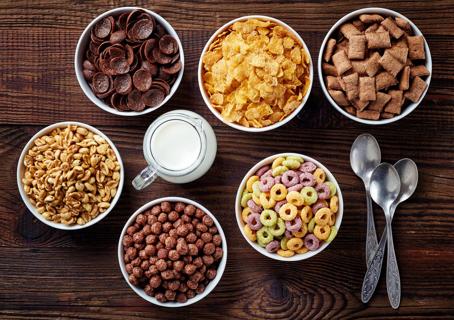
There are better breakfast options, but if it’s got to be cereal, look for whole grains, high fiber and no added sugar
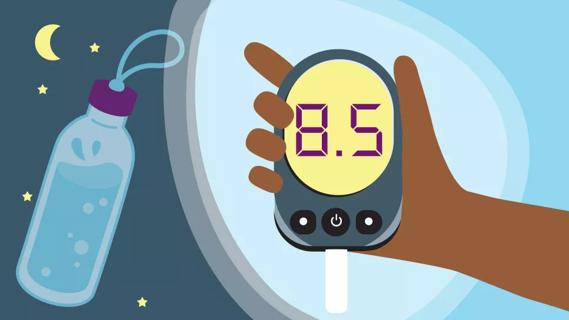
Planning ahead, checking in with your care team and being vigilant about blood sugar monitoring can help ensure a safe fast
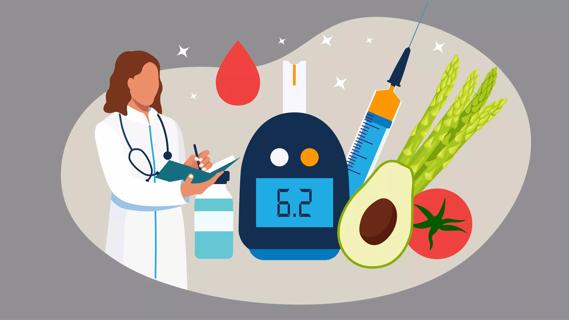
A diabetes diagnosis, new or long-standing, can trigger reactions like grief, stress, depression and frustration, but symptom relief and help are available

Type 1 diabetes happens when your body doesn’t make insulin, while Type 2 happens when your body can’t use insulin properly

You can counter the risk of prediabetes-related heart attack or stroke by eating more fruits, vegetables and whole grains, as well as exercising regularly
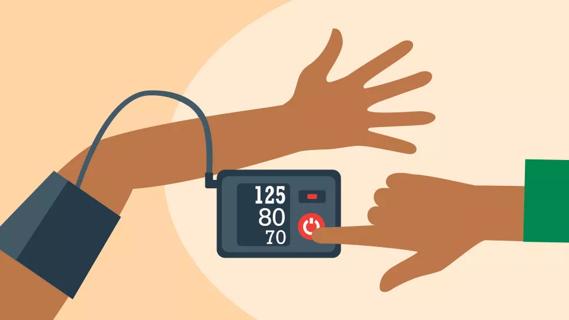
An ideal blood pressure is less than 120 mm Hg systolic and less than 80 mm Hg diastolic

Type 2 diabetes isn’t inevitable with these dietary changes

Applying a hot or cold compress can help with pain